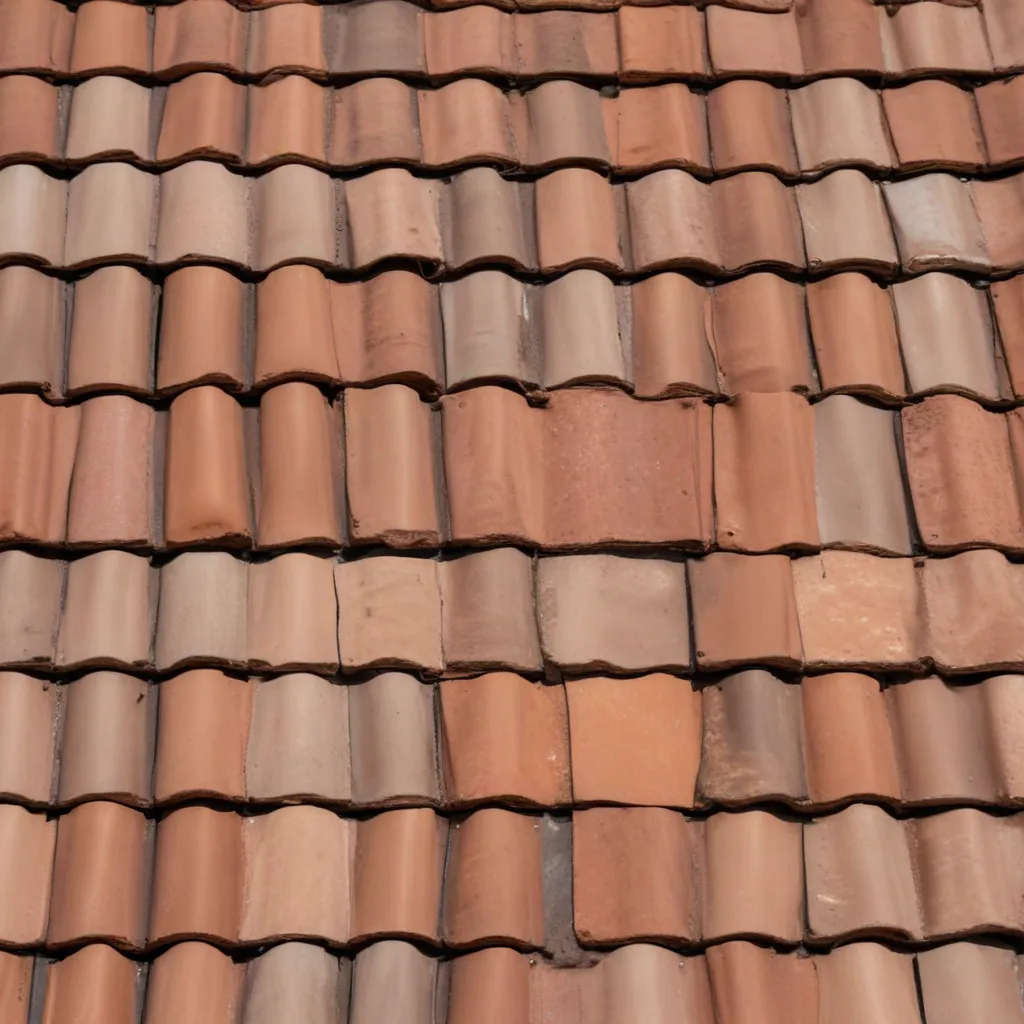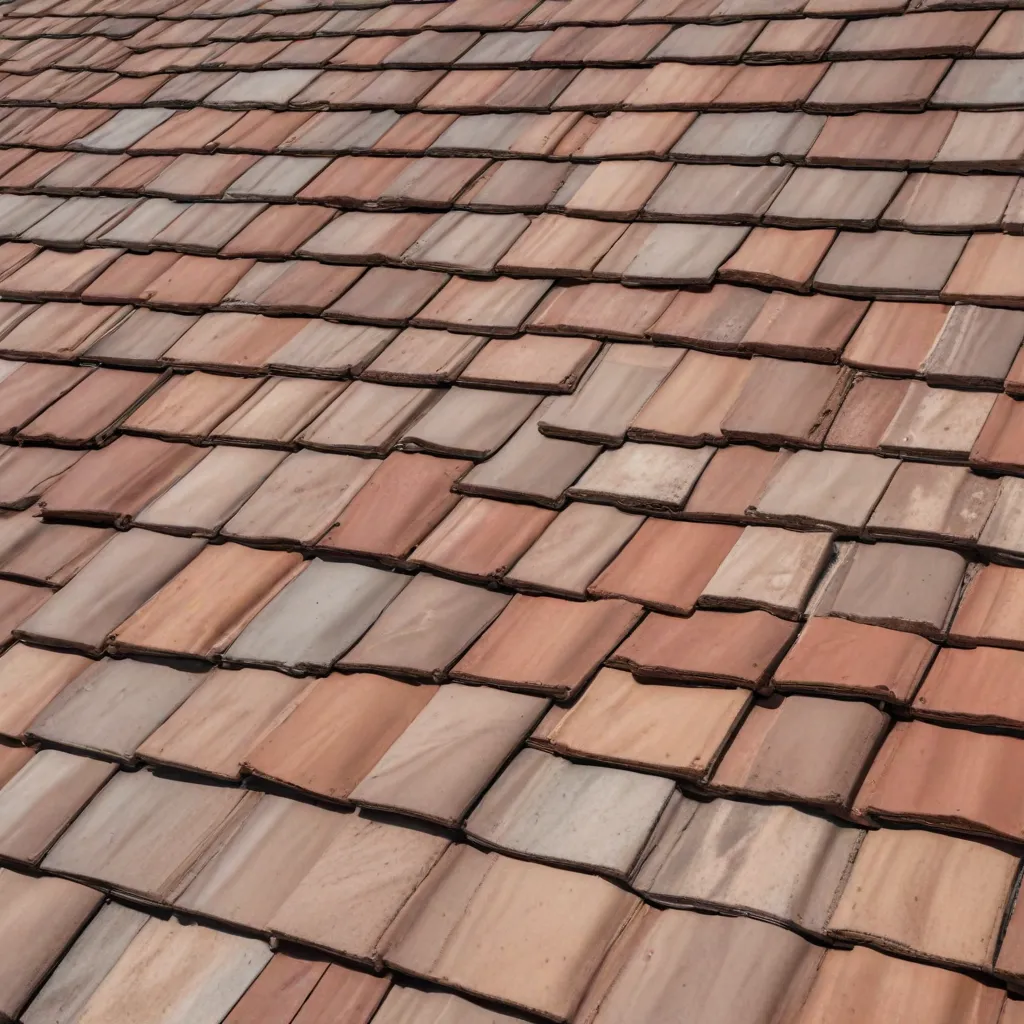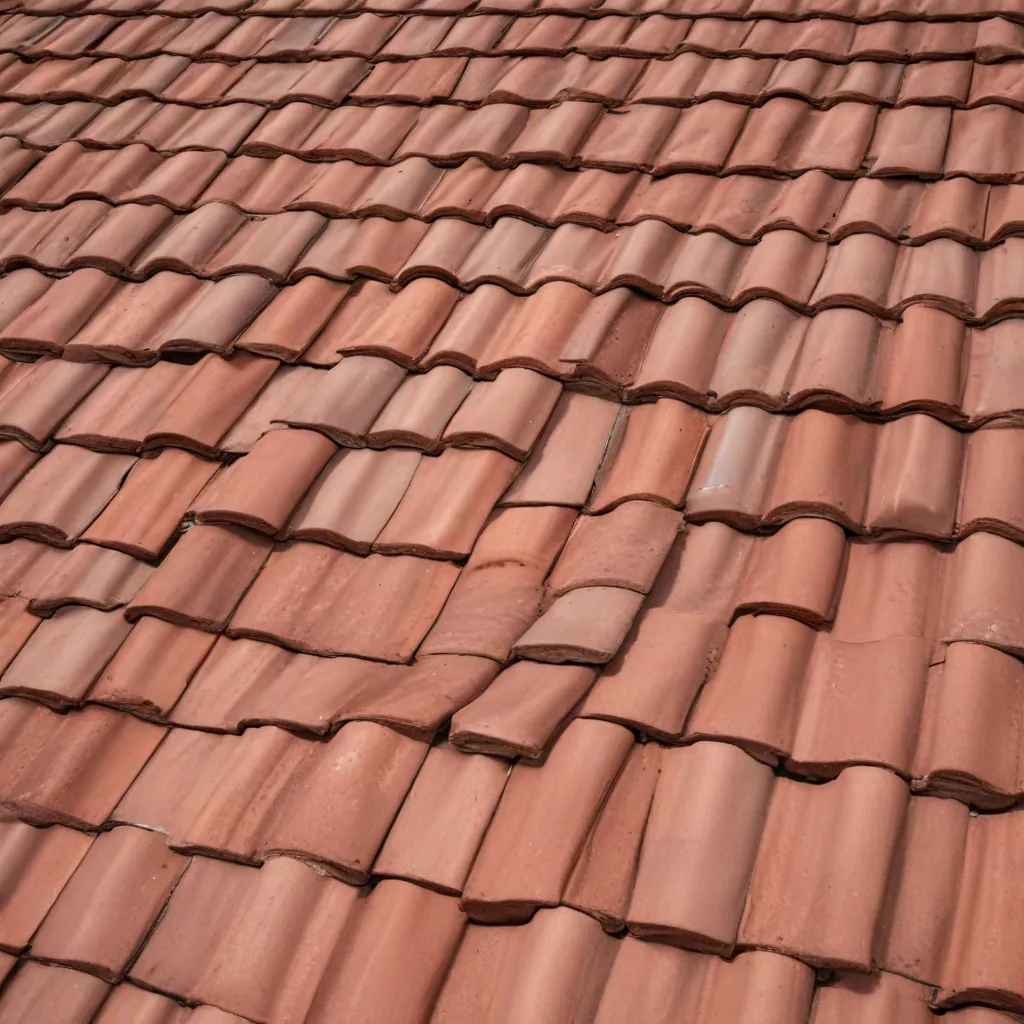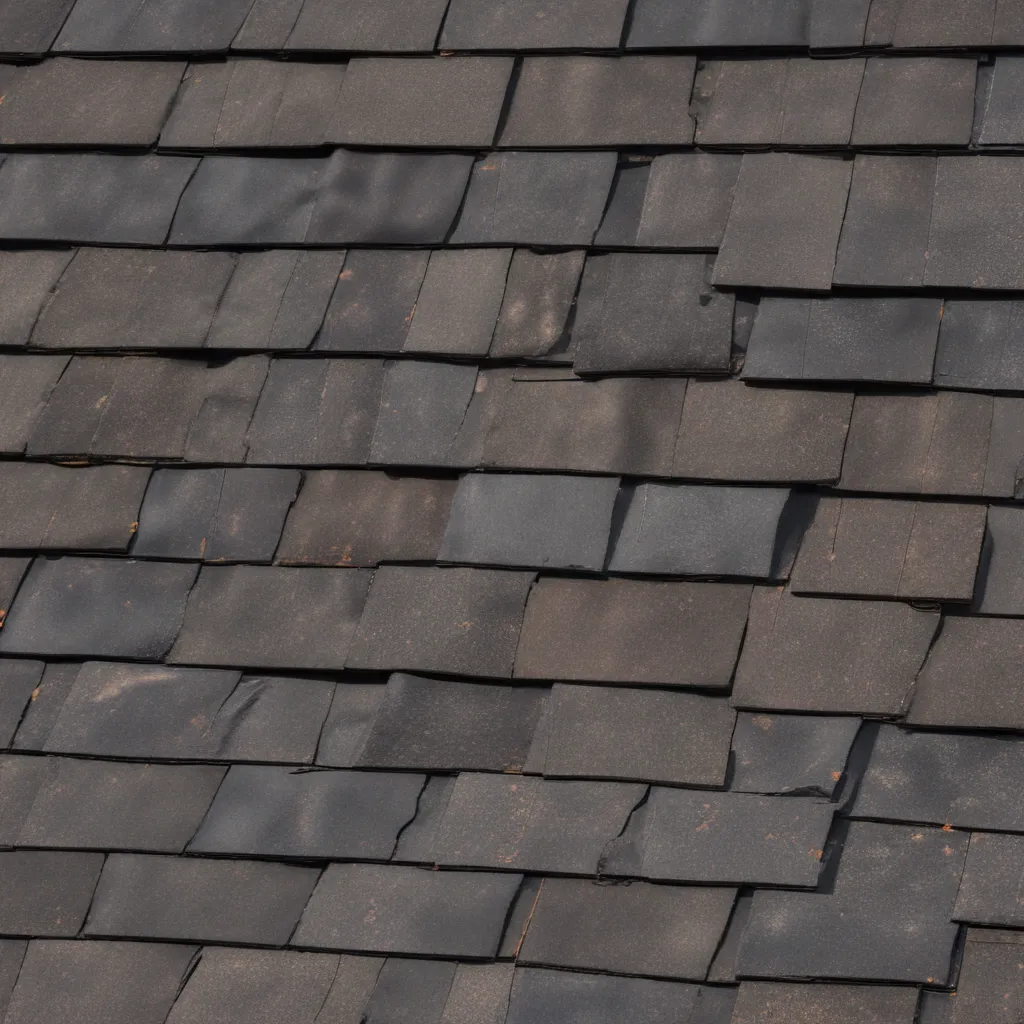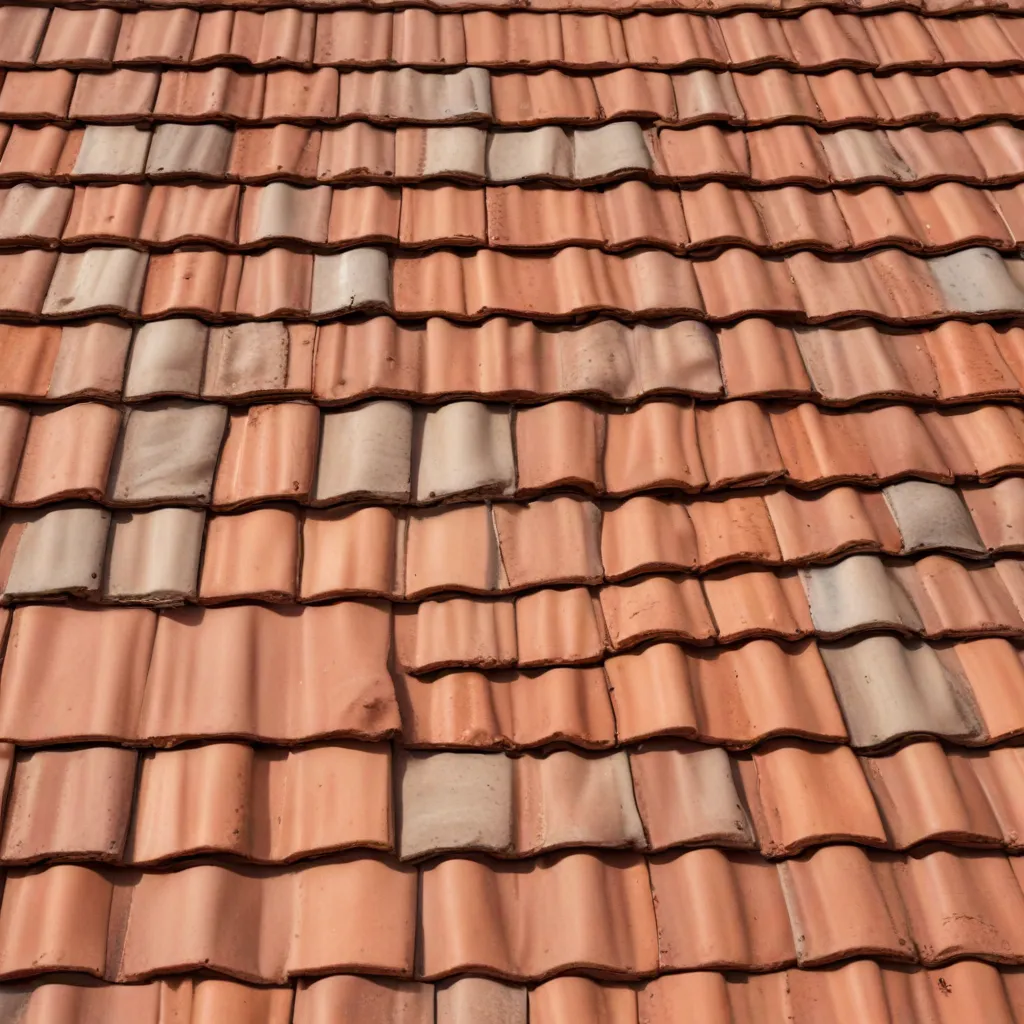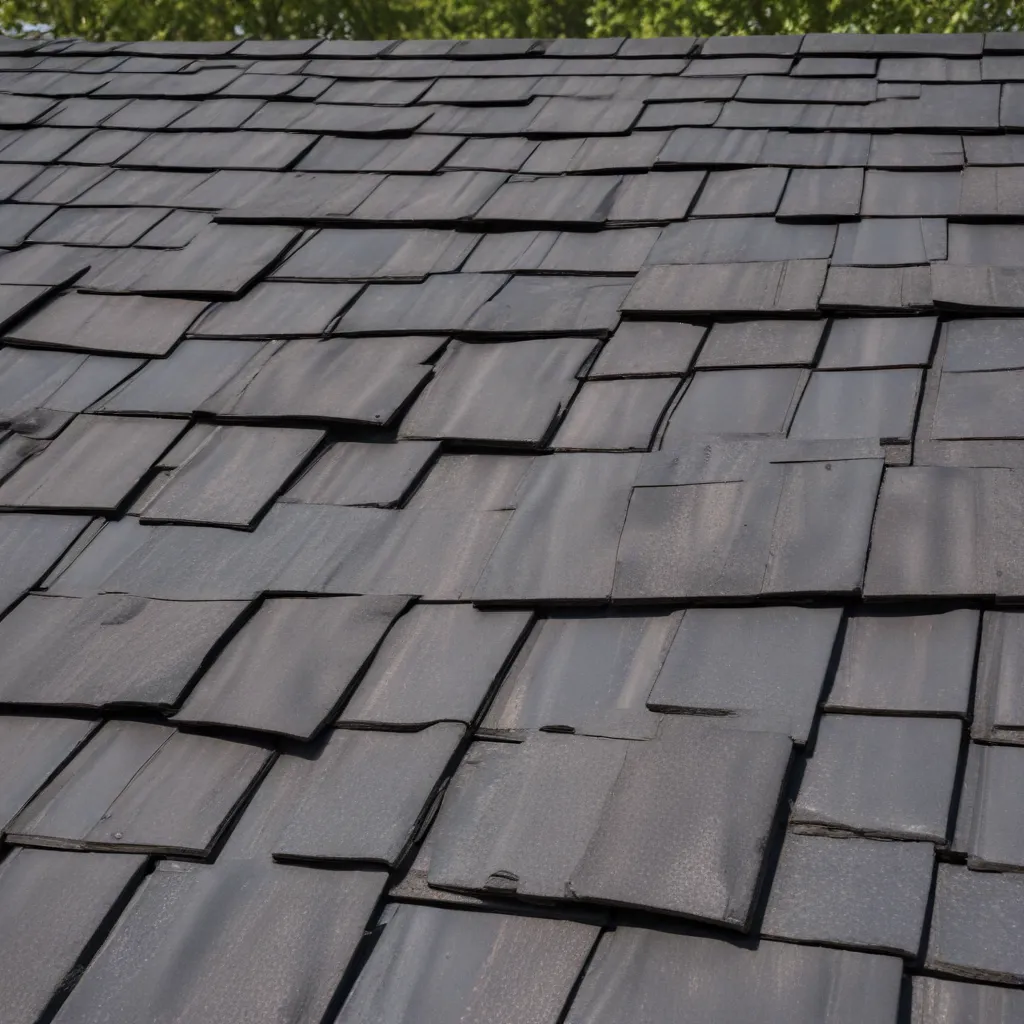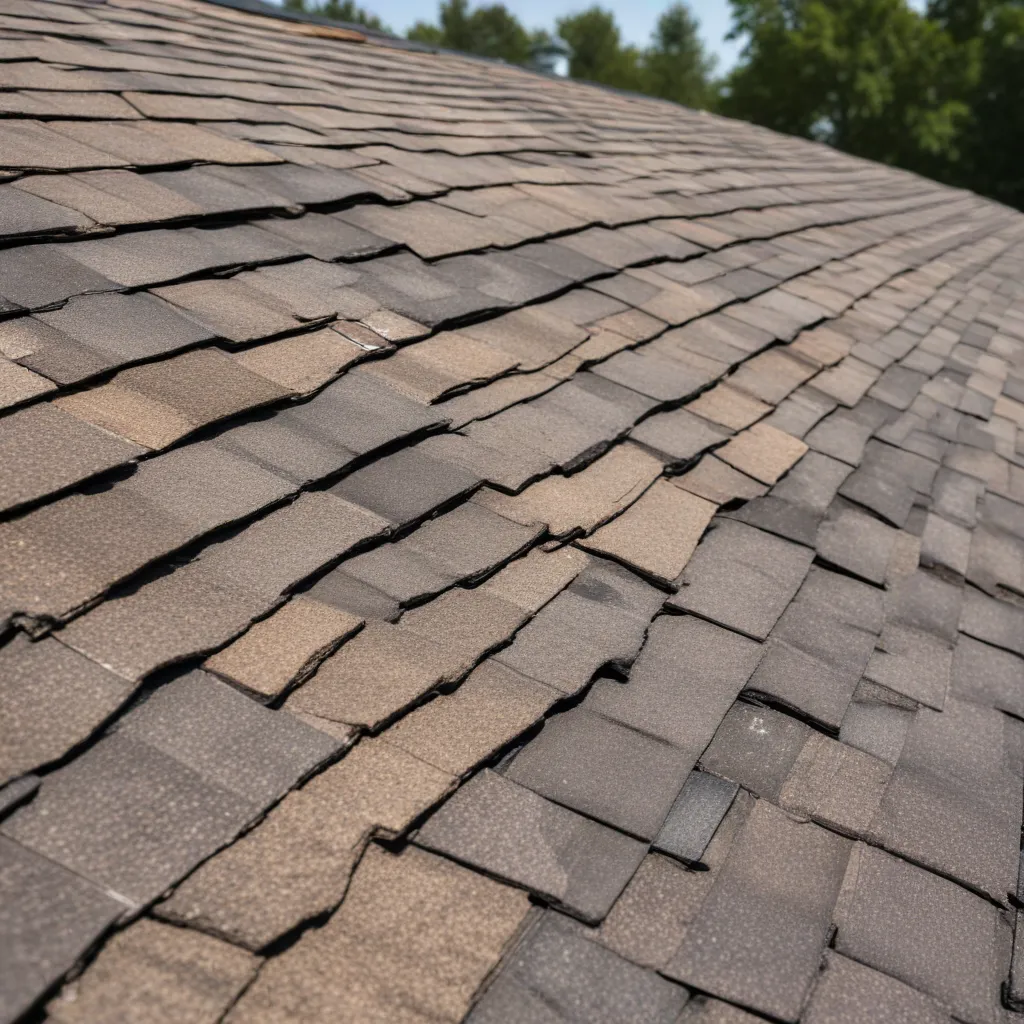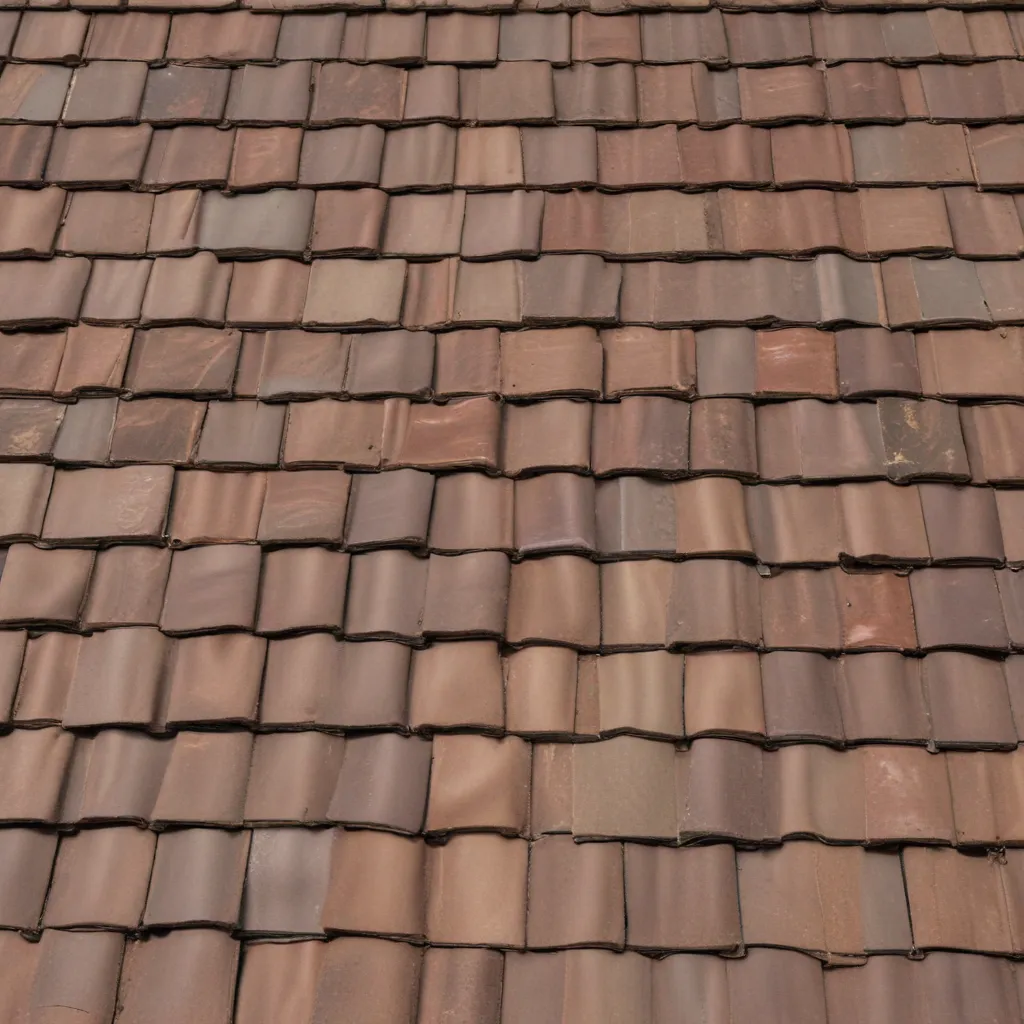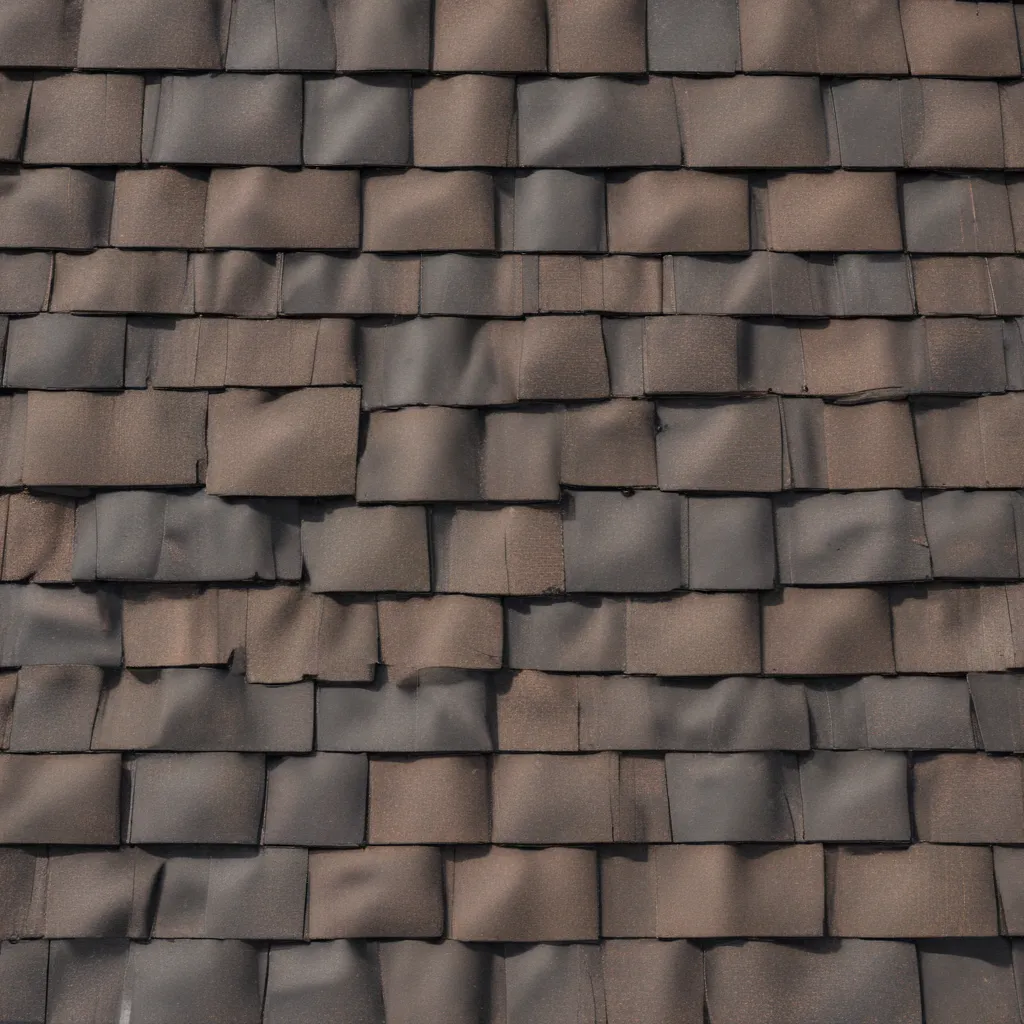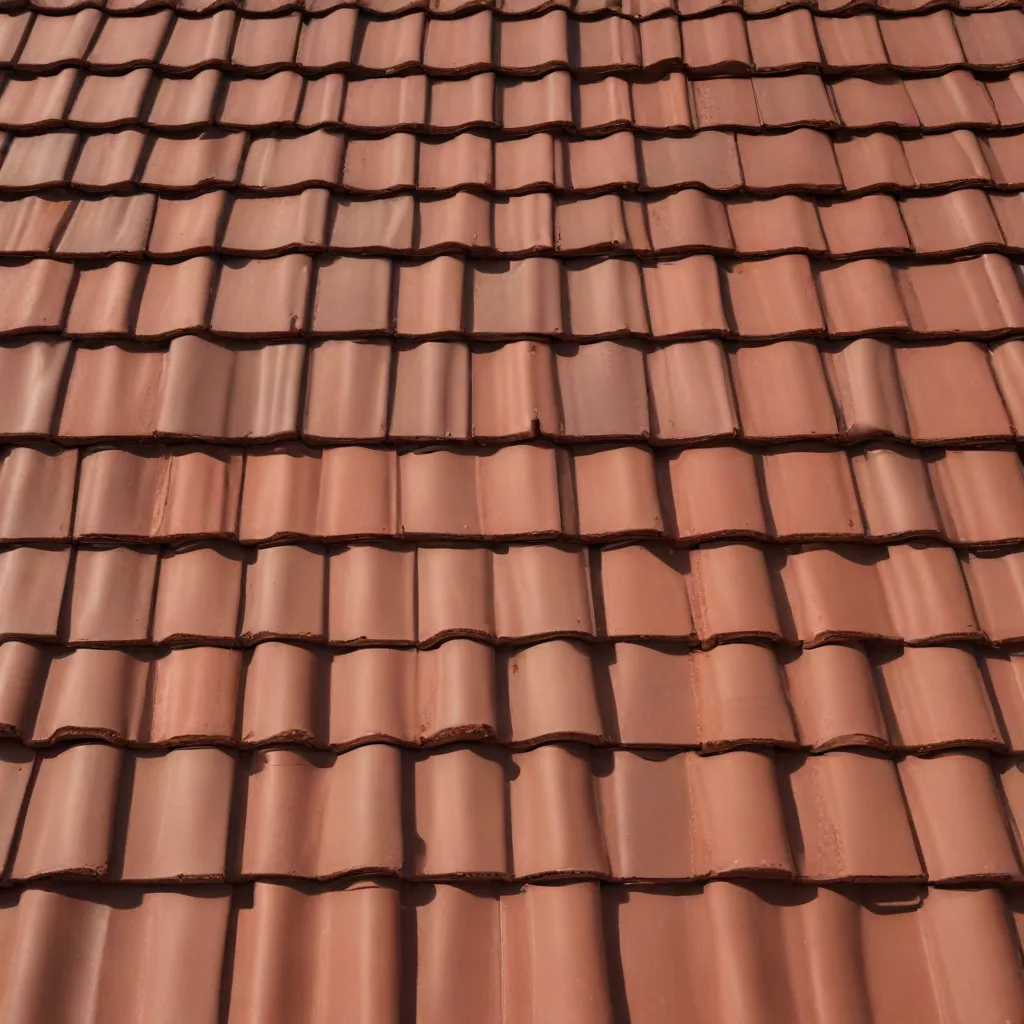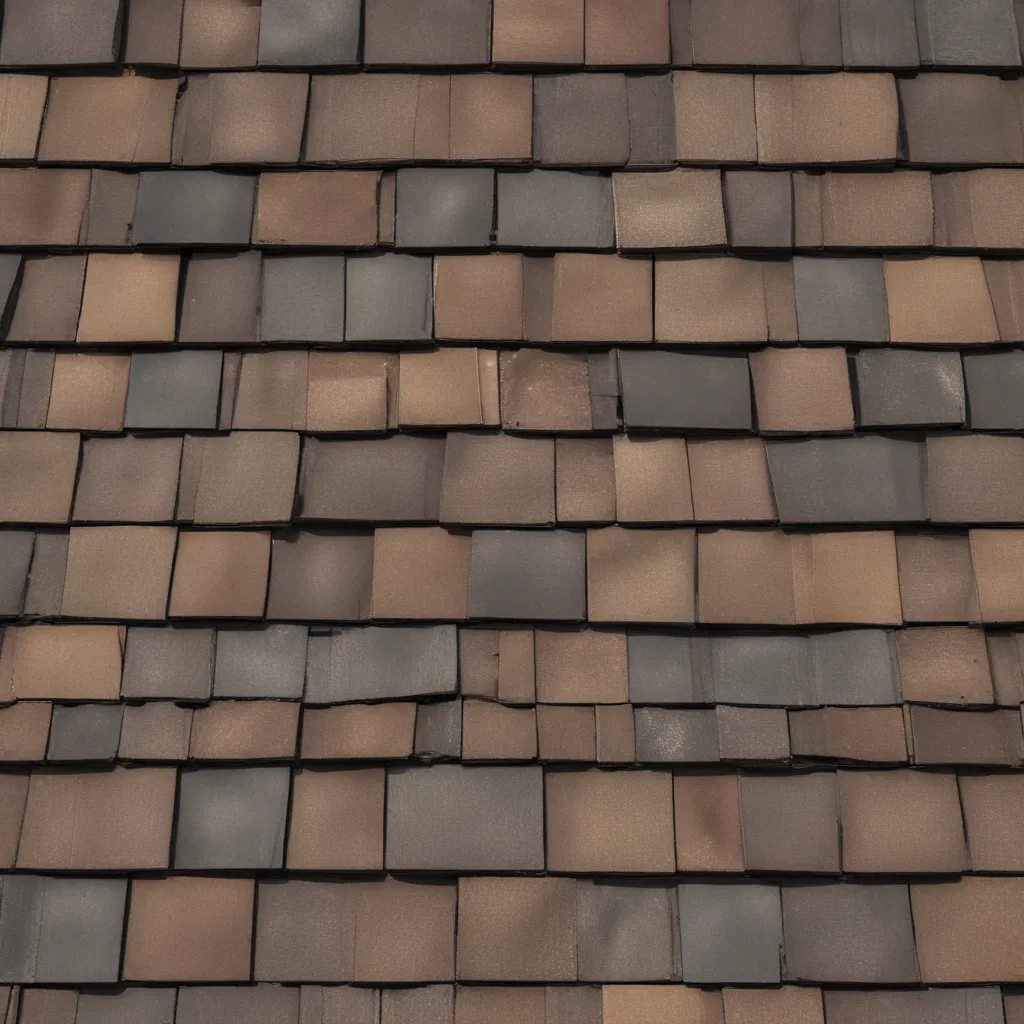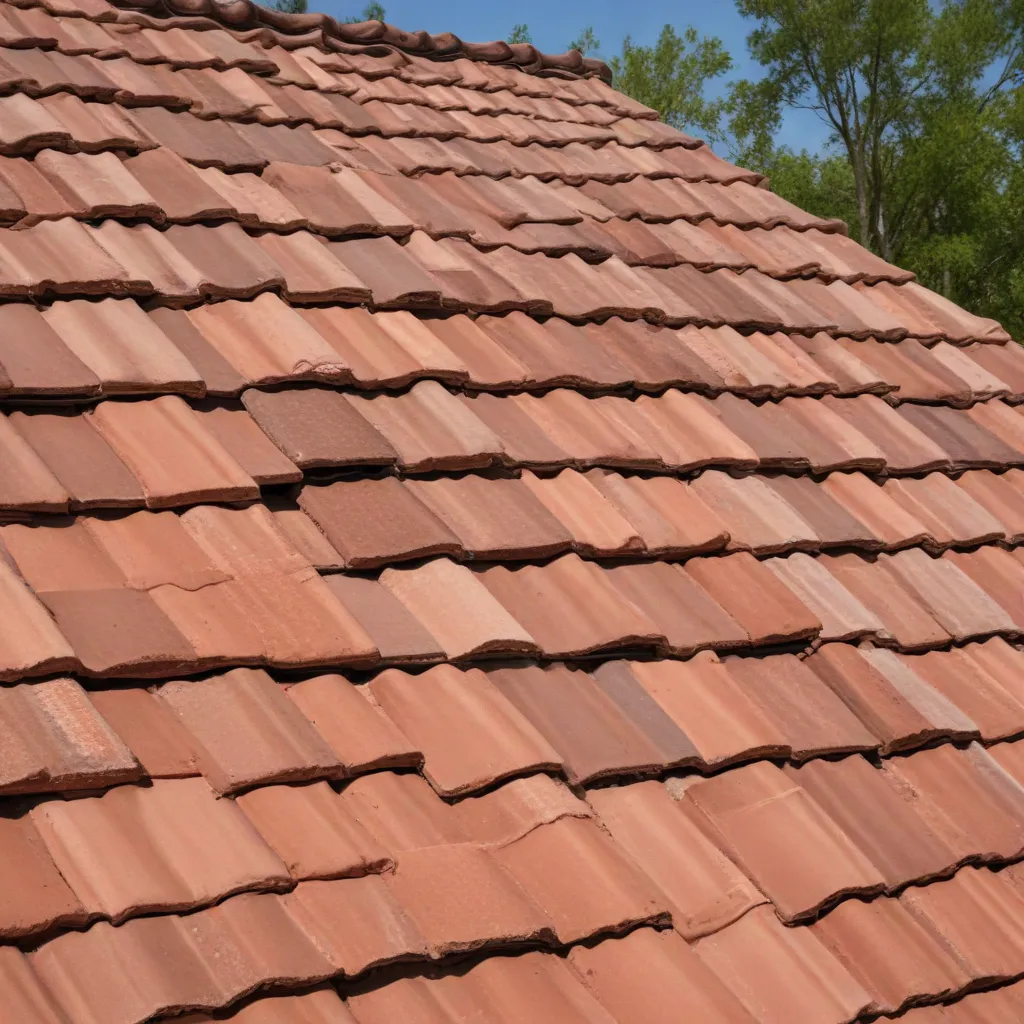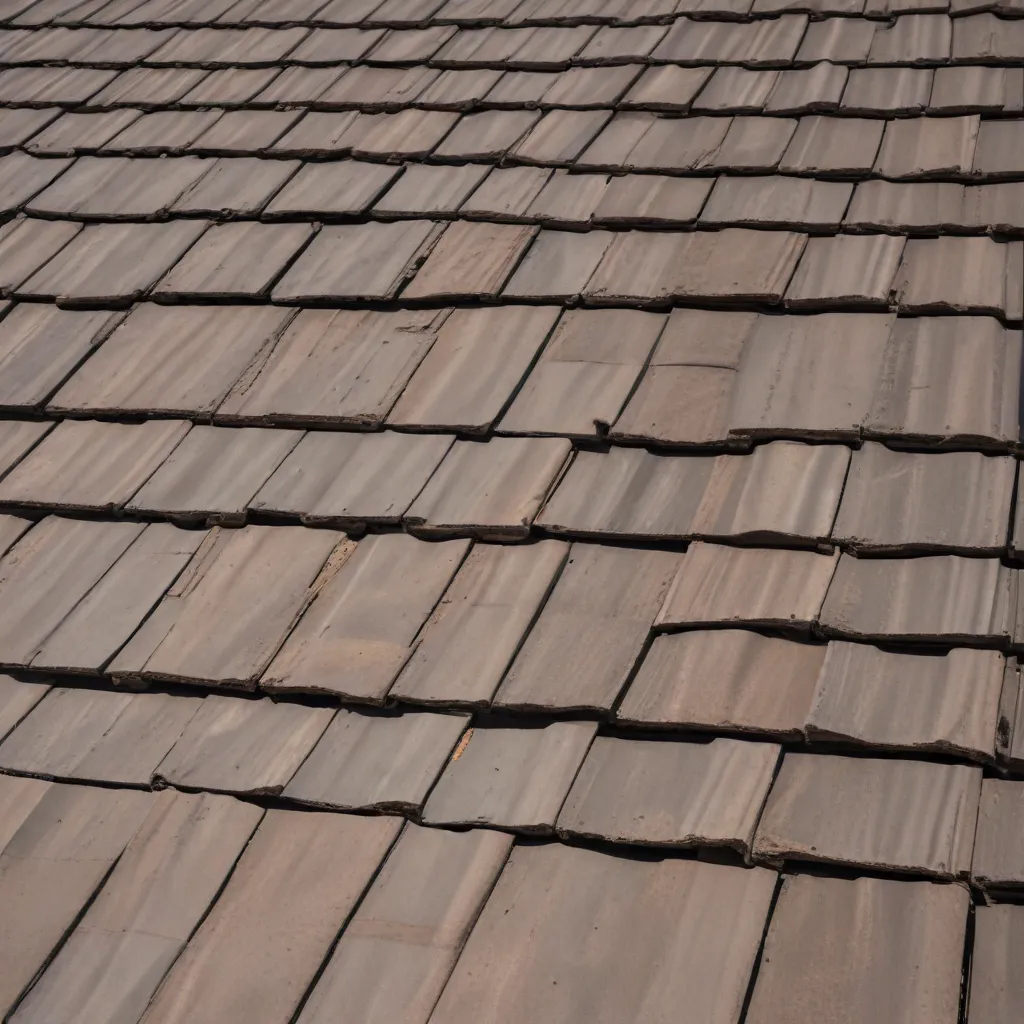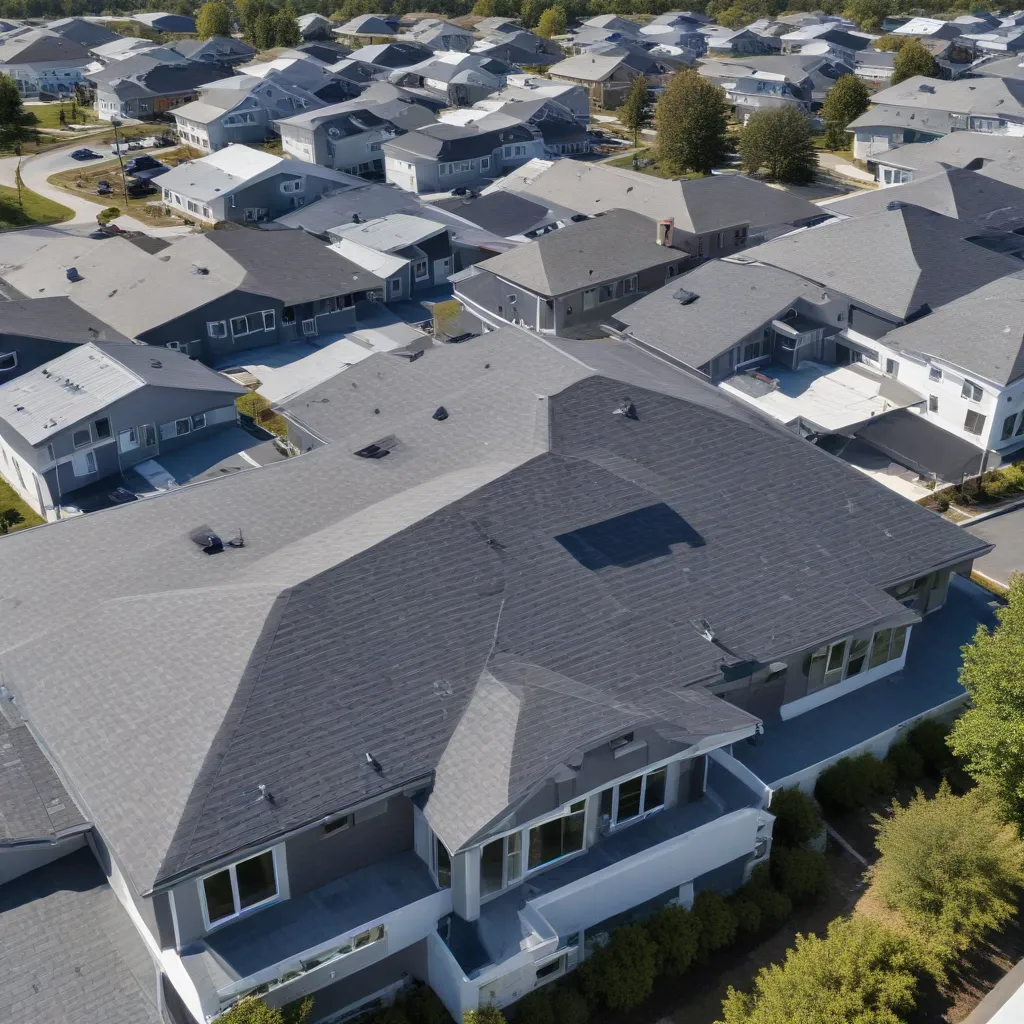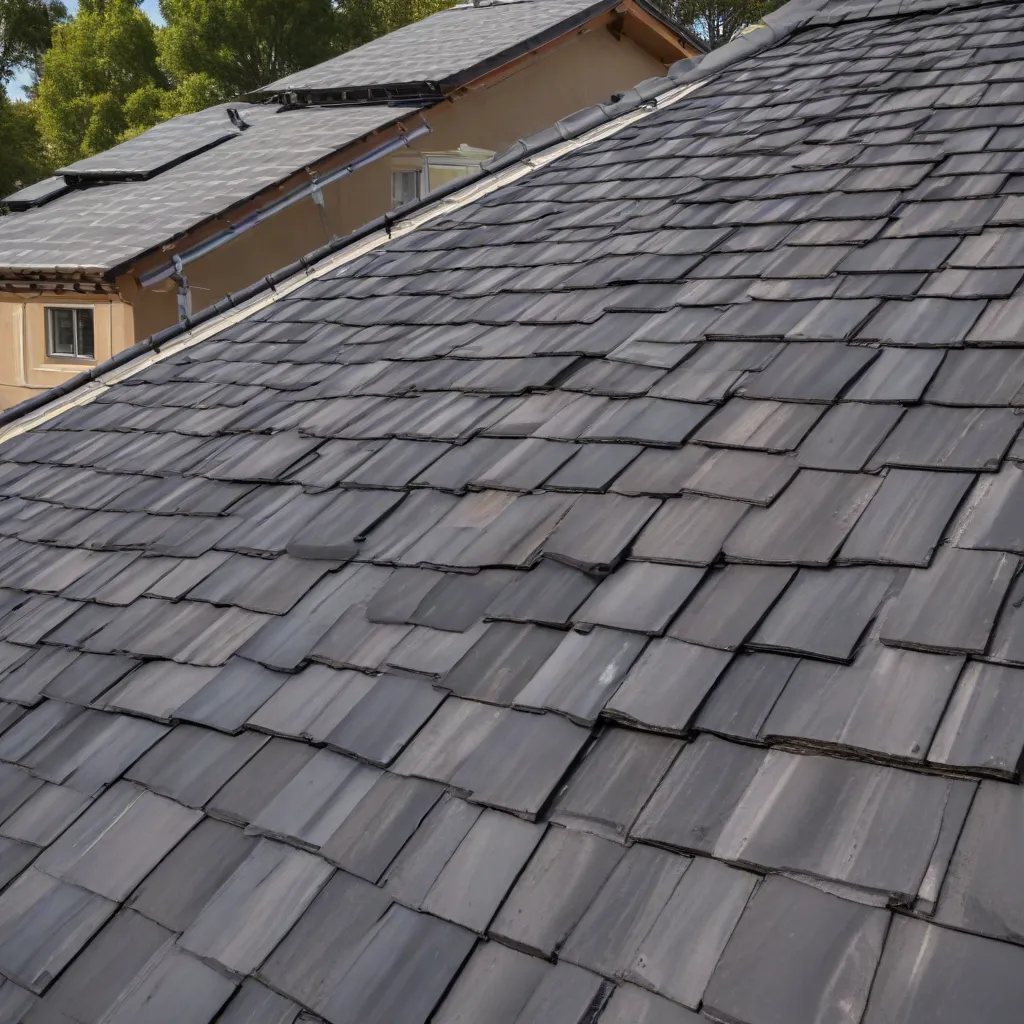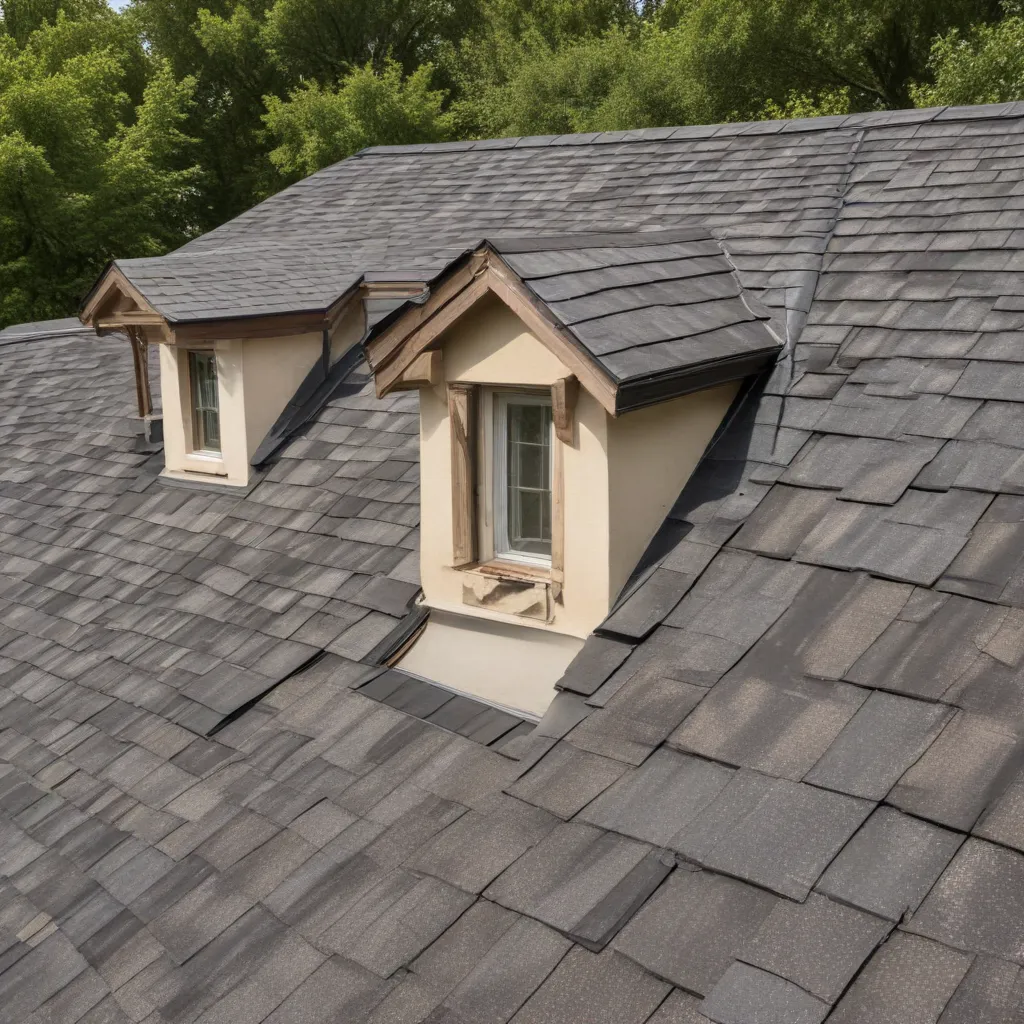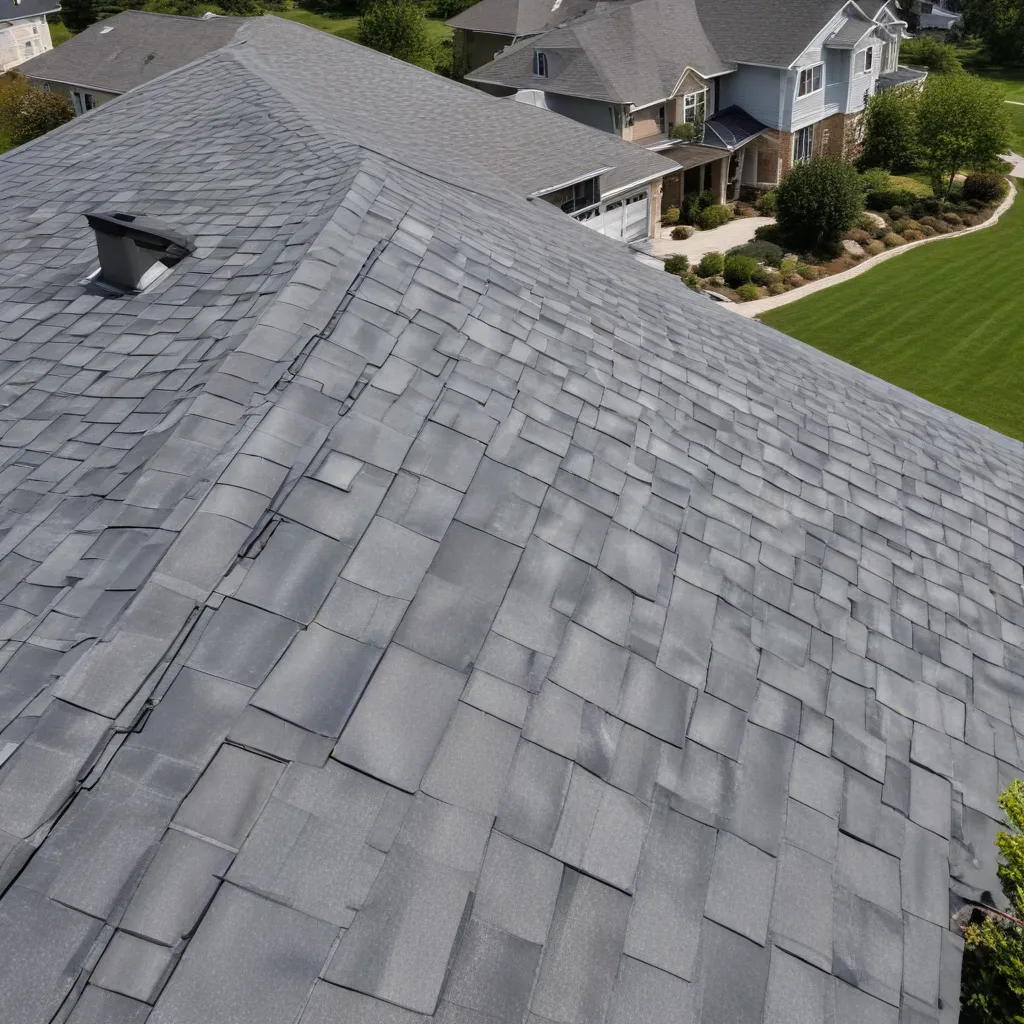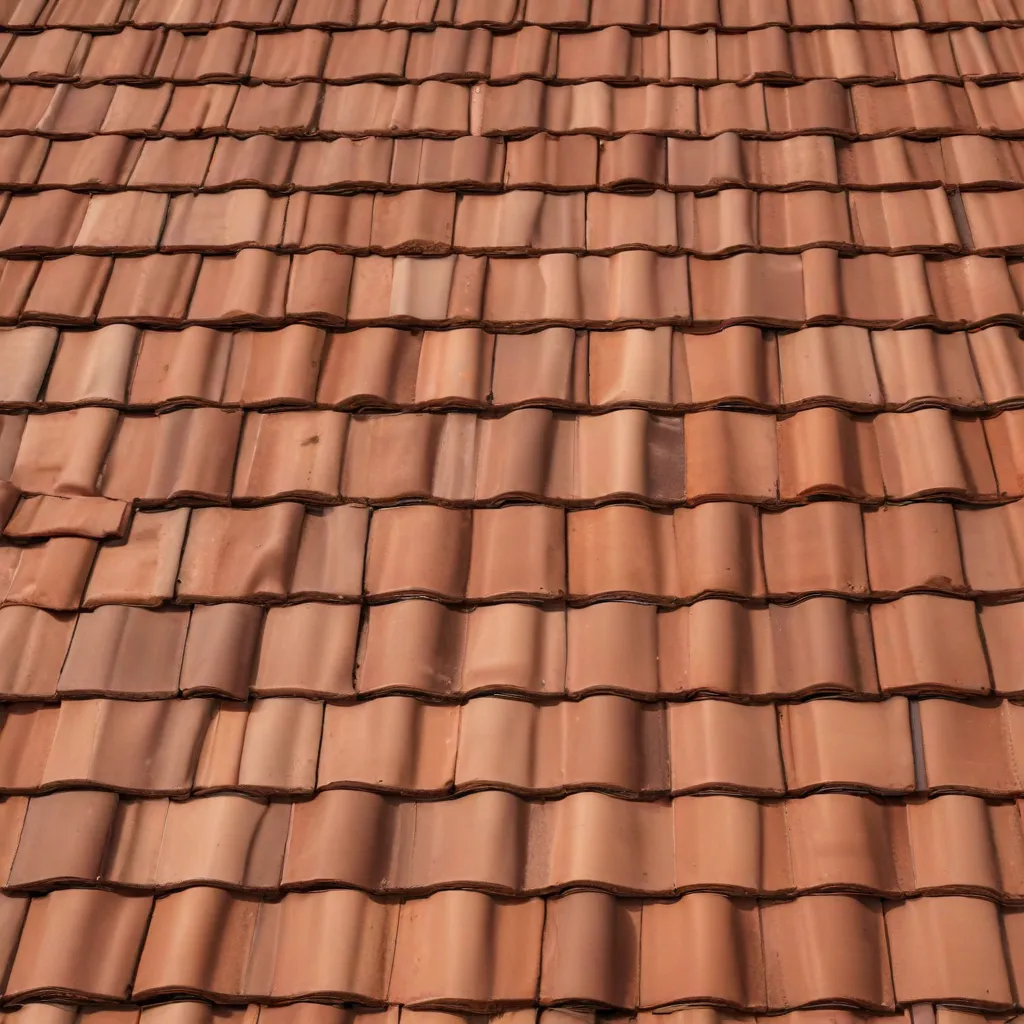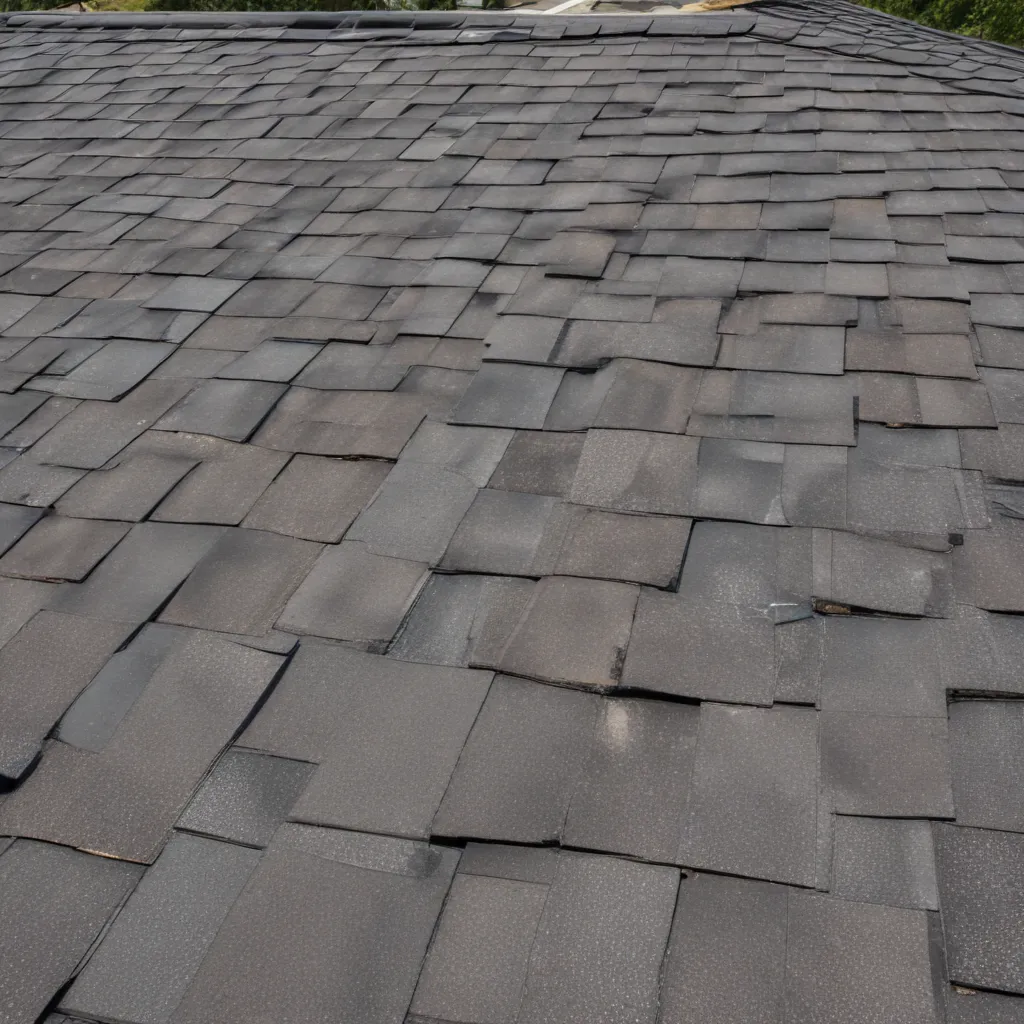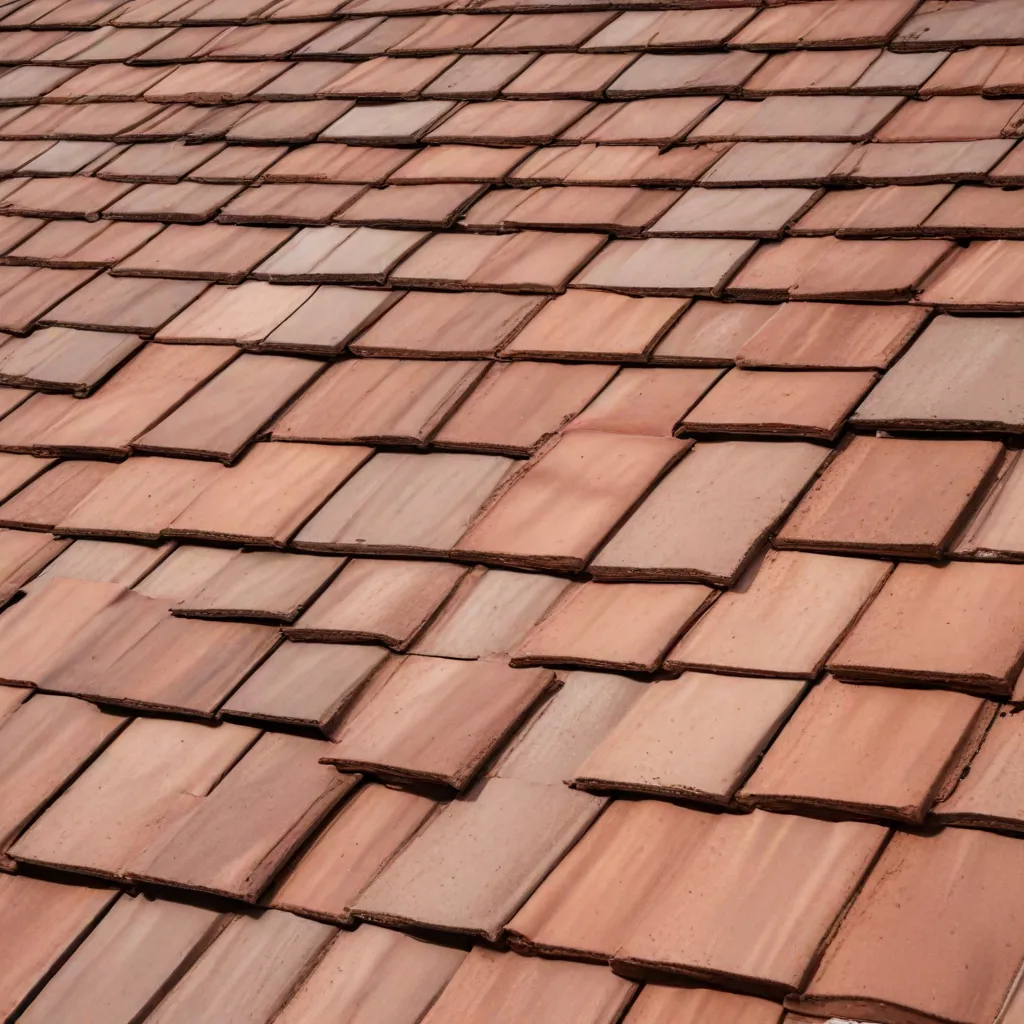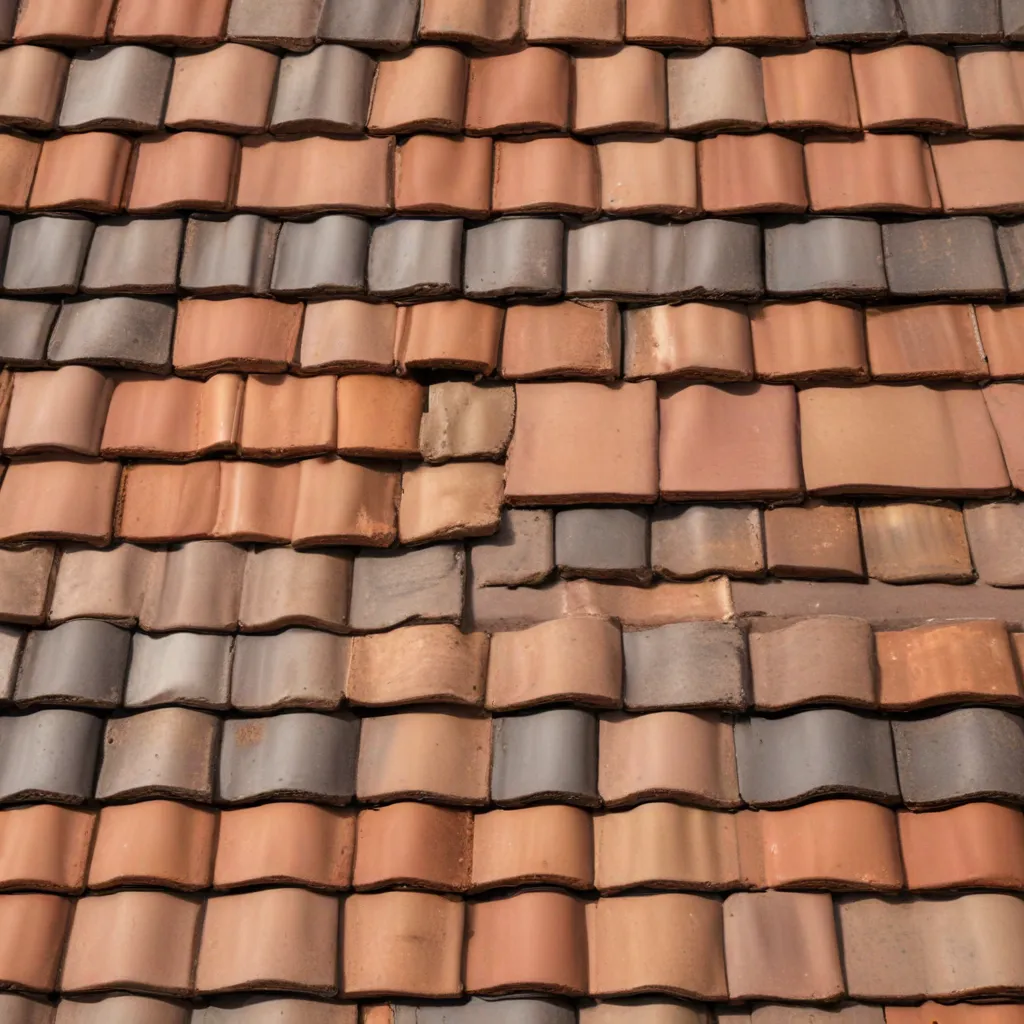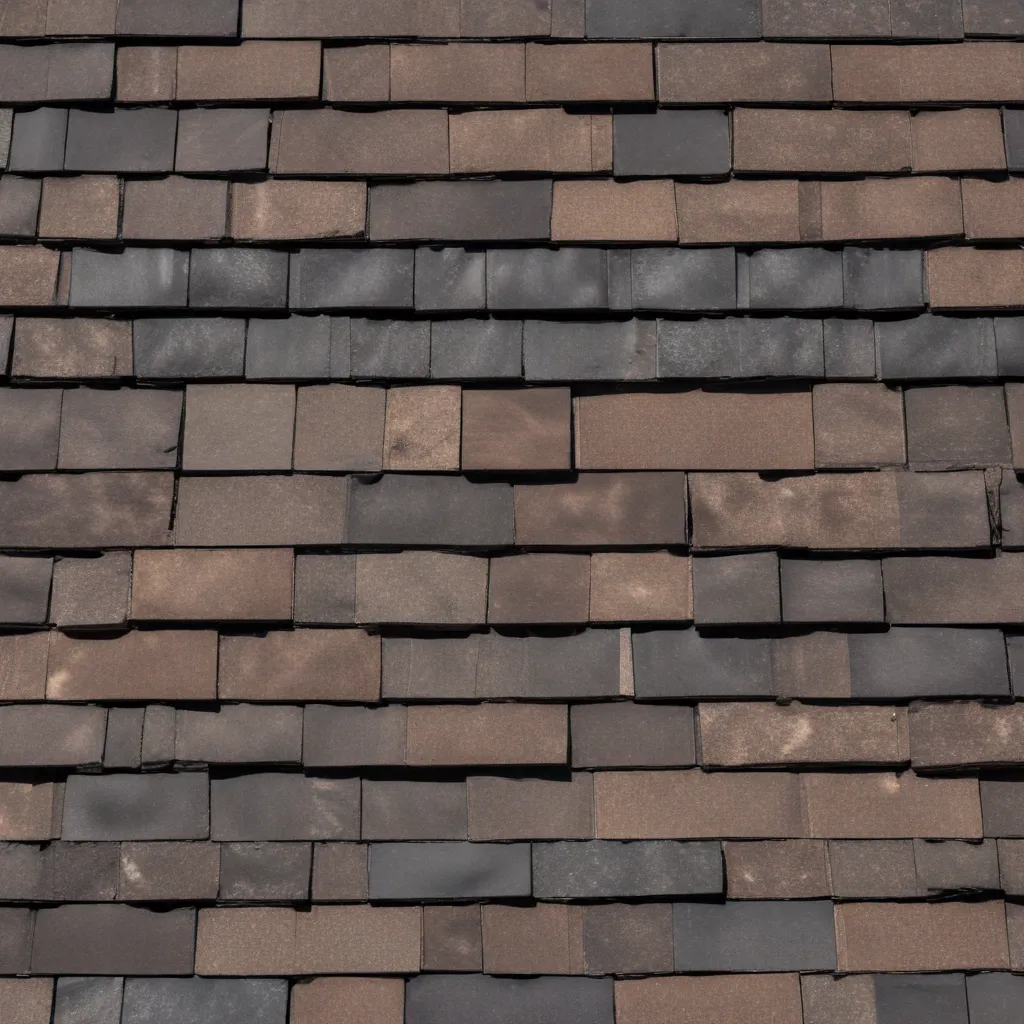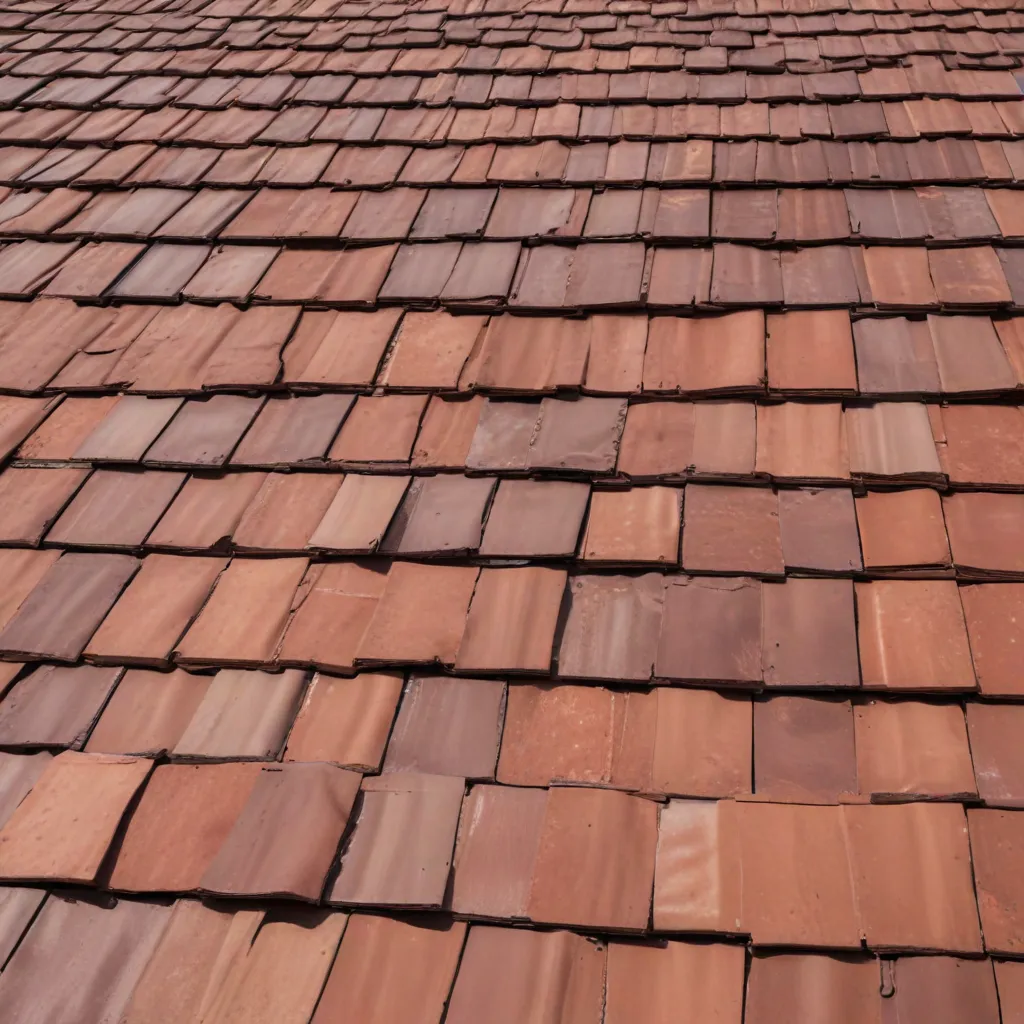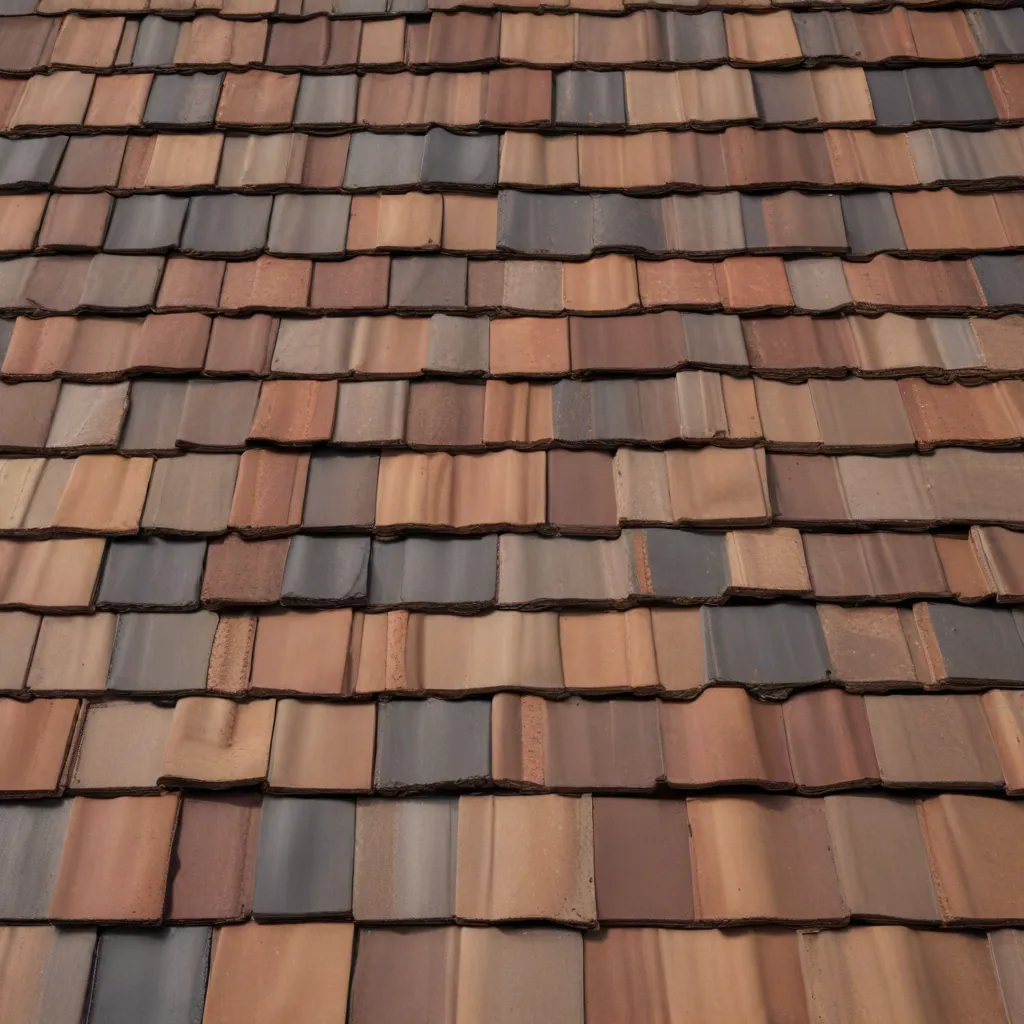
Tile roofing has long been revered for its timeless aesthetic and exceptional durability, making it a popular choice among homeowners and commercial property owners alike. However, the tile roofing industry has seen remarkable advancements in recent years, with manufacturers and researchers continually pushing the boundaries of what’s possible. From innovative material compositions to advanced surface treatments and integrated system designs, the future of tile roofing is more advanced and versatile than ever before.
Advancements in Tile Materials
Ceramic tiles have been a staple in the roofing industry for centuries, and modern manufacturing techniques have only enhanced their capabilities. Ceramic tiles now boast improved thermal performance, increased impact resistance, and better weather-resistance thanks to refined firing processes and the incorporation of advanced additives. The intricate patterns and vibrant color palettes available have also expanded, allowing homeowners to tailor the aesthetic of their roofs to their unique preferences.
Clay tiles, long revered for their timeless charm and natural appeal, have likewise undergone significant improvements. Developments in clay composition and production methods have yielded tiles with enhanced strength, water-shedding properties, and dimensional stability. These advancements have made clay tiles an increasingly viable option for homeowners seeking a durable, yet visually striking, roofing solution.
Concrete tiles have also benefited from technological innovations, evolving beyond their traditional utilitarian appearance. Newer concrete formulations incorporate reinforcing fibers, high-performance admixtures, and specialized coatings to create tiles that are more impact-resistant, energy-efficient, and visually appealing. The versatility of concrete tiles allows for a wide range of colors, textures, and profiles to suit diverse architectural styles.
Tile Surface Treatments
In addition to the improvements in tile materials, the application of advanced surface treatments has further enhanced the performance and longevity of tile roofing systems. These treatments not only protect the tiles themselves but also contribute to the overall durability and functionality of the roof.
Protective Coatings have become increasingly sophisticated, offering enhanced resistance to UV radiation, weathering, and environmental pollutants. These coatings can be applied to the tile surface during the manufacturing process or as a post-installation treatment, providing an additional layer of defense against the elements.
Self-Cleaning Finishes have emerged as a game-changer in the tile roofing industry. These innovative treatments utilize photocatalytic or hydrophilic properties to break down organic matter and prevent the accumulation of dirt, moss, and other unwanted debris on the tile surface. This not only maintains the roof’s aesthetics but also reduces the need for regular cleaning, minimizing maintenance requirements.
Anti-Fungal Treatments have also gained traction, addressing the persistent issue of mold and algae growth on tile roofs. These specialized treatments incorporate biocides or other active ingredients that inhibit the growth of these organisms, helping to preserve the tiles’ appearance and structural integrity over time.
Tile Roof System Design
Tile roofing systems have evolved beyond the individual tiles themselves, with advancements in integrated design and installation strategies that enhance the overall performance and longevity of the roofing assembly.
Ventilation Strategies have become a crucial aspect of tile roofing design, as proper airflow can significantly impact the roof’s thermal efficiency and prevent moisture-related issues. Innovative ridge vents, eave vents, and roof-mounted turbines work in tandem to create a balanced ventilation system that regulates temperature and humidity within the attic space.
Drainage Solutions have also been refined, ensuring that water is efficiently channeled away from the roof and building structure. Improved flashing techniques, gutter systems, and underlayment materials work together to mitigate the risk of leaks and water intrusion, safeguarding the integrity of the entire roofing assembly.
Structural Reinforcements, such as hurricane straps, roof trusses, and load-bearing frameworks, have become increasingly important in tile roofing design, particularly in regions prone to intense weather events. These enhancements serve to increase the roof’s resistance to wind uplift, impact damage, and seismic activity, providing an added layer of protection for the homeowner.
Tile Roof Performance Metrics
As the tile roofing industry continues to evolve, the focus on performance metrics has become more pronounced, with manufacturers and installers striving to deliver roofing systems that exceed industry standards and provide long-lasting value to homeowners.
Weathering Resistance is a critical factor, as tile roofs must withstand the ravages of sun, rain, snow, and ice without compromising their structural integrity or appearance. Advancements in materials and coatings have resulted in tiles that are more resistant to fading, cracking, and deterioration, ensuring a durable and visually appealing roof for decades.
Thermal Efficiency has also become a key consideration, as homeowners and building owners seek to maximize energy savings and minimize their environmental impact. Tile roofs, with their inherent thermal mass and the availability of reflective coatings, can significantly contribute to a building’s overall energy performance, reducing cooling and heating costs.
Impact Resistance is another critical metric, particularly in regions prone to hail, falling debris, or other physical threats. Tile roofing systems now incorporate reinforced designs and impact-resistant materials to safeguard the roof against damage, ensuring the continued protection of the building and its occupants.
Tile Roofing Sustainability
The push for sustainable building practices has also influenced the tile roofing industry, with manufacturers and installers embracing environmentally responsible solutions that contribute to long-term cost savings and a reduced carbon footprint.
Environmental Benefits are a significant advantage of tile roofing, as the materials used are often highly recyclable and can be repurposed at the end of the roof’s lifespan. Additionally, the thermal efficiency and reflective properties of tile roofs can help reduce energy consumption and mitigate the urban heat island effect, making them a more eco-friendly choice for both residential and commercial applications.
Longevity and Maintenance are also important sustainability factors. Tile roofs are known for their exceptional durability, with many systems projecting lifespans of 50 years or more. This extended lifespan, combined with the minimal maintenance requirements, translates into a lower environmental impact and a more cost-effective investment over the long term.
Tile Roof Aesthetics
While the functional and performance-driven aspects of tile roofing are undoubtedly important, the aesthetic appeal of these systems cannot be overlooked. Tile roofing has long been associated with timeless beauty and architectural harmony, and the latest advancements have only further enhanced these visual qualities.
Diverse Color Palettes are now available, allowing homeowners and designers to select tiles that seamlessly integrate with the building’s overall style and surrounding environment. From vibrant hues to more subtle, earth-toned shades, the color options for tile roofing have expanded significantly.
Customizable Patterns and profile designs have also become more prevalent, enabling homeowners to create truly unique and visually striking roofscapes. Whether opting for traditional Spanish-style tiles or more contemporary flat-profile designs, the flexibility of tile roofing allows for the expression of individual preferences and architectural sensibilities.
For those seeking to preserve or emulate historic architectural styles, tile roofing remains an unparalleled choice. The ability to closely match the appearance of century-old roofs, while benefiting from modern performance enhancements, makes tile an appealing option for restoration projects and new constructions inspired by traditional design.
As the tile roofing industry continues to evolve, homeowners and building owners can expect to see even more impressive advancements in the years to come. From innovative materials and surface treatments to integrated system designs and enhanced sustainability, the future of tile roofing looks brighter than ever. By embracing these technological strides, homeowners can enjoy the timeless beauty and unparalleled durability that tile roofing has to offer, while contributing to a more energy-efficient and environmentally responsible built environment.
For more information on the latest tile roofing technologies and how they can benefit your project, please visit Genuine Roof Systems.

